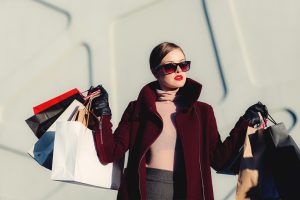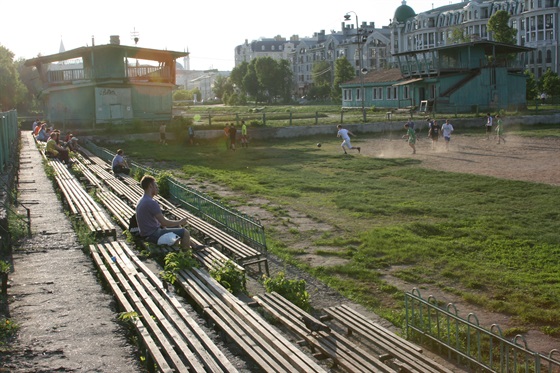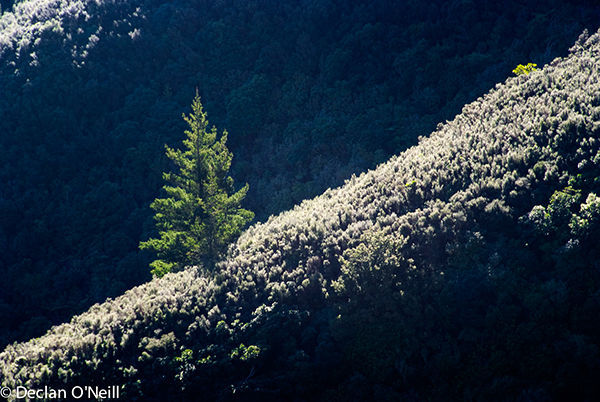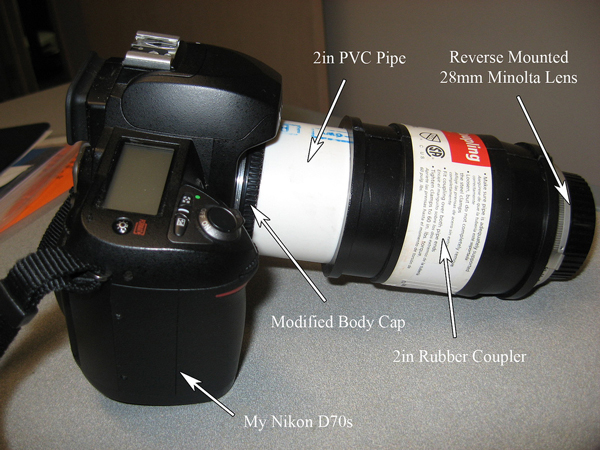HOW TO PACK CORRECTLY PHOTO FOR DRAINS AND DO I NEED TO USE AN ARTIFICIAL INTELLIGENCE FOR THIS
 For a photographer who works with photo banks, high-quality images are half the success. In order for a photo to be commercially successful on stocks, it must be properly “packed”: the correct title must be selected for it and relevant keywords must be invented. In the language of drains, this is called “attribution” of the image. Without proper attribution, your picture, no matter how professional and fresh it may be, will simply be lost in a huge mass of stock images.
For a photographer who works with photo banks, high-quality images are half the success. In order for a photo to be commercially successful on stocks, it must be properly “packed”: the correct title must be selected for it and relevant keywords must be invented. In the language of drains, this is called “attribution” of the image. Without proper attribution, your picture, no matter how professional and fresh it may be, will simply be lost in a huge mass of stock images.
You need to know a few simple rules, practice in order to “get your hand”, and gain time and patience, because this work is painstaking and time-consuming. In addition, today there are many services that help automate this work. But ultimately, it’s up to you to work with content on your own or give a routine to neural networks.
Explore Buyer Behavior
To feel and understand the behavior of the buyer of the photobank, try yourself to look for something there. Imagine that you need a wallpaper with a landscape on your desktop or a cute pattern for printing on a t-shirt. Now formulate the request and see what the algorithm gives you. Then change it and track what has changed in the extradition. When you find the very image that you imagined in your head, pay attention to its title and description. Perform this exercise periodically to train your client thinking and better understand how search works.
Correct title
Now let’s move on to the description of the content. The title of the photo is the most creative and at the same time the most difficult part of attribution, because you must express the whole idea of your work, the main idea in 3-7 words, not counting the articles and prepositions. If there is a point of interest in the picture or we recognize the city in which you shot, then indicate this in the name. But do not rush to the extreme and write the exact location address.
Keywords
Next, we select the keywords. This process is also called “keying” or “keyword”. Your goal is to describe the image as relevant as possible. It’s best to use between 10 and 35 keywords.
First, list the objects that are shown in the photo, and their properties. Feel free to use synonyms: different people may come up with different names for the same phenomenon. But don’t overdo it: if it’s “palm,” then “brush”, “hand”, but not “hand”, are perfect as keywords. Do not neglect the numerals and words that describe groups of people (family, crowd, group, class, team); names of professions, occupation, mention gender, age, nationality, social status, if attention is paid to this in your photo. Describe the circumstances in which the photo was taken: background, posture, color; this room or open space; time of day or time of year. It is very important to describe the action if it is present in the image, so do not avoid the verbs: if the person is in the photo, describe what he is doing, where he is looking.
Use adjectives, including those with a negative meaning. Most of the photos on the stock portray positive emotions, but users are looking for a variety of content! And let you have fewer words, but they will be in essence.
An example of a description of how to prepare stock photos
Title: Shopping
Description: Girl, shopping, shopaholic, packages, shopping, trade
how to prepare stock photos
If we talk about illustrations or texture photographs, patterns, then there is a trend: most authors of photobanks really like the word “abstract”, and also “grunge” and “bokeh”. Do you think the buyer will find your work among several hundred thousand images with such a description?
In the case of abstract images, the advice is simple: pay attention to the details, determine the style of the picture, the prevailing colors and shades, the presence of halftones or gradients.
Description Example
how to prepare stock photos
Title: Wood texture
Description: Aged surface, wood, trunk, bark, blue and brown, beige, pattern, daylight, centuries-old tree
how to prepare stock photos
Man vs Neural Network
There are many tools that can speed up the attribution of content at times. The simplest thing is when this process is outsourced and given to specially trained people. The next level is the selection of keywords by the semantic core. You enter one word, and the system selects a series of related by meaning or synonyms.
But in the XXI century, it looks a little outdated, and the trend is still towards process automation. Today there are services that generate words using artificial intelligence. For example, the mykeyworder service, which can be used both in the web version and as a plugin for Lightroom. Shutterstock also has an automatic keyword function, and at the end of May, Everypixel launched a content attribution service.




